The Ideal Bartender
The Ideal Bartender
Book Excerpt
ura Bitters.
Pour back and forth from one measure or pitcher into another measure or pitcher until the liquid is thoroughly mixed. Bottle and cork.
BRACE UP
1 tablespoonful Bar Sugar in large Mixing glass.
3 dashes Boker's or Angostura Bitters.
3 dashes Lemon Juice.
2 dashes Anisette.
1 Egg.
1 jigger Brandy
1/2 glass Shaved Ice.
Shake well; strain into tall, thin glass; fill with Apollinaris and serve.
BRANDY AND GINGER ALE
3 lumps of Ice in tall, thin glass.
1 Wineglass Brandy.
1 bottle Ginger Ale.
Stir briskly and serve.
BRANDY AND SODA
2 pieces of Ice in tall, thin glass.
1 Wineglass Brandy.
1 bottle plain Soda.
Stir briskly and serve.
BRANDY FLIP
Fill medium. Bar glass 1/4 full Shaved Ice.
1 Egg broken in whole.
2 level teaspoonfuls Bar Sugar.
1 jigger Brandy.
Editor's choice
(view all)Popular books in Non-fiction
Readers reviews
5.0
LoginSign up
A 1917 cocktail manual, the first written by an African American, from the highly respected bartender of the prestigious Pendennis Club of Louisville, Ky., and the St. Louis Country Club of St. Louis, Mo. The fawning introduction was written by Bullock's fan George Herbert Walker -- grandfather of Pres. George W. Bush.
Classic drinks include Cohasset punch (a one-time Chicago favorite mentioned in Saul Bellow's 1944 "Dangling Man"), the Ramos gin fizz (a New Orleans favorite) and a rather restrained mint julep supposedly poured for Teddy Roosevelt and concocted according to a formula taught Bullock by Lilburn G. McNair, great-grandson of the first governor of Missouri and, according to the foreword, "the father of the julep." There is also an old-fashioned, a cocktail some historians believe was invented at the Pendennis Club in the 1880s.
Some of the elaborate drinks, like the many-layered pousse cafes and the blue blazer (a flaming drink invented by 19th-century barman Jerry Thomas), may be challenging, and ingredients like celery bitters and Abricontine (a pre-Prohibition liqueur) impossible to come by.
Nonalcoholic drinks feature, too, such as the black cow and the Auditorium cooler, which I suspect may have been named for Chicago's Auditorium Hotel.
The collection provides an interesting look at what the movers and shakers of society were drinking just before Prohibition.
Classic drinks include Cohasset punch (a one-time Chicago favorite mentioned in Saul Bellow's 1944 "Dangling Man"), the Ramos gin fizz (a New Orleans favorite) and a rather restrained mint julep supposedly poured for Teddy Roosevelt and concocted according to a formula taught Bullock by Lilburn G. McNair, great-grandson of the first governor of Missouri and, according to the foreword, "the father of the julep." There is also an old-fashioned, a cocktail some historians believe was invented at the Pendennis Club in the 1880s.
Some of the elaborate drinks, like the many-layered pousse cafes and the blue blazer (a flaming drink invented by 19th-century barman Jerry Thomas), may be challenging, and ingredients like celery bitters and Abricontine (a pre-Prohibition liqueur) impossible to come by.
Nonalcoholic drinks feature, too, such as the black cow and the Auditorium cooler, which I suspect may have been named for Chicago's Auditorium Hotel.
The collection provides an interesting look at what the movers and shakers of society were drinking just before Prohibition.
- Upvote (0)
- Downvote (0)
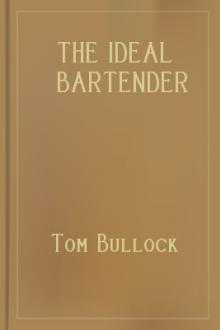
 Free Download
Free Download













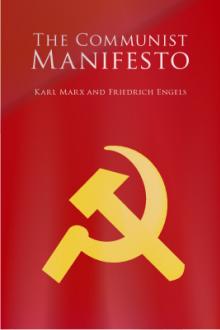
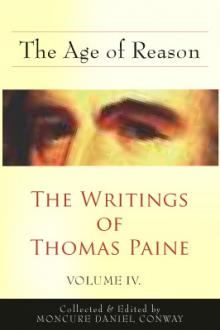
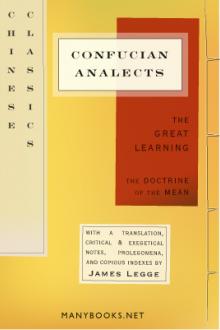
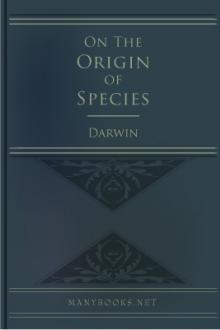
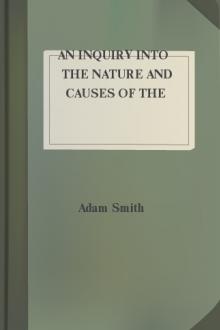

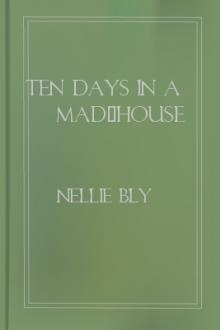
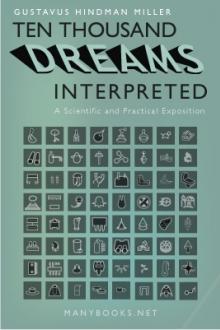
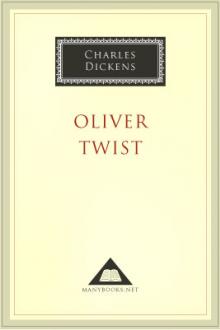
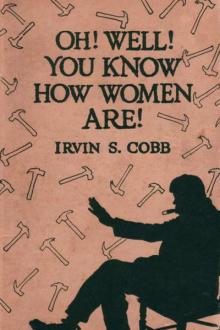
-itok=vcKIB5v1.jpg)